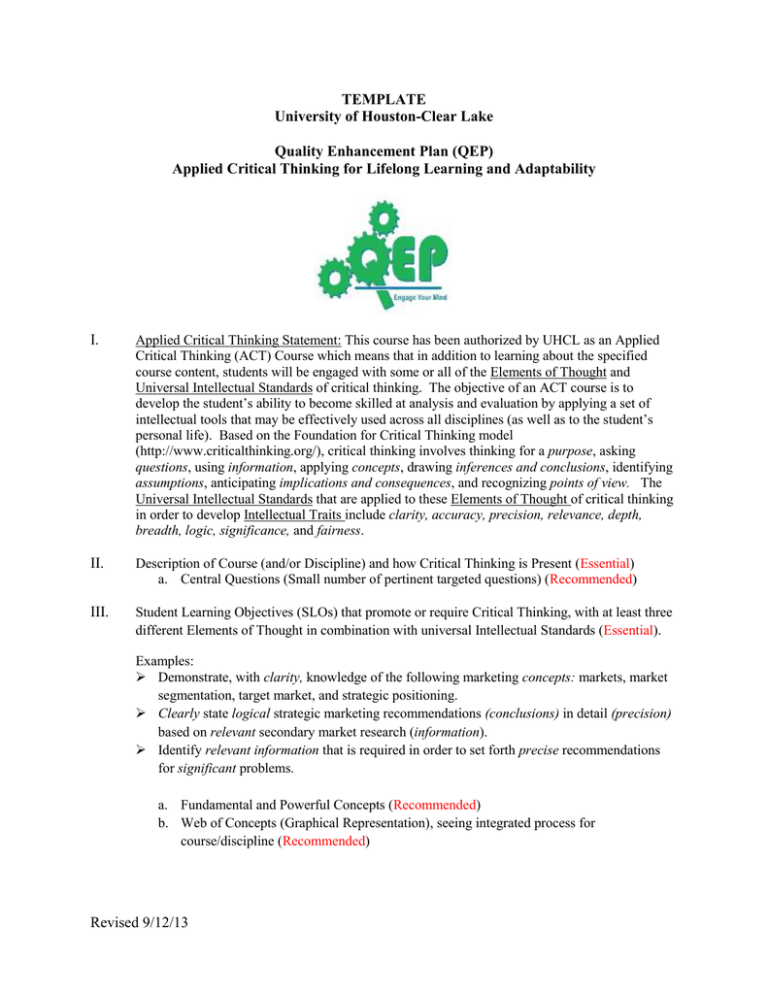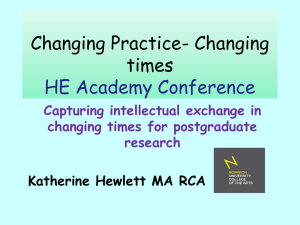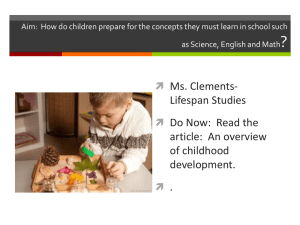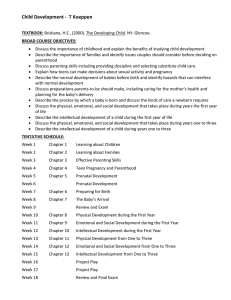Syllabus Template - University of Houston
advertisement

TEMPLATE University of Houston-Clear Lake Quality Enhancement Plan (QEP) Applied Critical Thinking for Lifelong Learning and Adaptability I. Applied Critical Thinking Statement: This course has been authorized by UHCL as an Applied Critical Thinking (ACT) Course which means that in addition to learning about the specified course content, students will be engaged with some or all of the Elements of Thought and Universal Intellectual Standards of critical thinking. The objective of an ACT course is to develop the student’s ability to become skilled at analysis and evaluation by applying a set of intellectual tools that may be effectively used across all disciplines (as well as to the student’s personal life). Based on the Foundation for Critical Thinking model (http://www.criticalthinking.org/), critical thinking involves thinking for a purpose, asking questions, using information, applying concepts, drawing inferences and conclusions, identifying assumptions, anticipating implications and consequences, and recognizing points of view. The Universal Intellectual Standards that are applied to these Elements of Thought of critical thinking in order to develop Intellectual Traits include clarity, accuracy, precision, relevance, depth, breadth, logic, significance, and fairness. II. Description of Course (and/or Discipline) and how Critical Thinking is Present (Essential) a. Central Questions (Small number of pertinent targeted questions) (Recommended) III. Student Learning Objectives (SLOs) that promote or require Critical Thinking, with at least three different Elements of Thought in combination with universal Intellectual Standards (Essential). Examples: Demonstrate, with clarity, knowledge of the following marketing concepts: markets, market segmentation, target market, and strategic positioning. Clearly state logical strategic marketing recommendations (conclusions) in detail (precision) based on relevant secondary market research (information). Identify relevant information that is required in order to set forth precise recommendations for significant problems. a. Fundamental and Powerful Concepts (Recommended) b. Web of Concepts (Graphical Representation), seeing integrated process for course/discipline (Recommended) Revised 9/12/13 2 IV. Major Activities that promote or require Critical Thinking (one or more graded assignments) that address the three different Student Learning Objectives in Section III of which are also assessed in Section V (Essential). Identify assignments or activities that require critical thinking. If a group assignment is being used for assessment purposes, the faculty member should have a plan to generate individual student assessment scores consistent with Section V.b. Altogether, the description of these activities should include at least three Elements of Thought in combination with Intellectual Standards. These activities need to directly relate to the three or more SLOs that have the Critical Thinking components. a. Artifacts (completed papers, tests, presentations, case studies, etc.): Create artifacts to display appropriate level of Student Critical Thinking Competence (Recommended) b. Intellectual Traits (Recommended) – Critical thinkers routinely apply intellectual standards to the elements of reasoning in order to develop intellectual traits. Intellectual Integrity Intellectual Humility Confidence in Reason Intellectual Perseverance Fair-mindedness Intellectual Courage Intellectual Empathy Intellectual Autonomy V. Assessment Methods linked back to the Student Learning Objectives in Sections III and IV - one or more assessment methods (or assignments) (Essential). The faculty member can link multiple SLOs to various portions of the same assignment. a. Assessment levels for each student will be Unacceptable, Acceptable, Excellent, or Incomplete Data on each of the three identified SLOs. b. The faculty member is responsible for submitting the following to the QEP office with respect to assessment methods at the end of the semester. i. The conversion chart of raw assessment data to Unacceptable, Acceptable, and Excellent for each of the three SLOs - as determined by the faculty member. ii. Completed assessment artifacts. iii. Student assessment levels (Unacceptable, Acceptable, Excellent, or Incomplete Data) for each student for each of the three identified SLOs. c. As noted in the QEP proposal submitted to SACS, UHCL’s overarching QEP Student Learning Outcomes are as follows: Students will use curiosity to identify a particular problem or area of interest within a discipline. Students will make connections to their particular issues or problems based upon evidence acquired by research methodologies and citation methods within the discipline. Students will demonstrate creativity through a divergent mental approach exploring original alternative views/solutions. Students will communicate outcomes through writing and/or presentations. 3 In addition to submitting the information identified in Section V.b above, each faculty member is responsible for assessing each student on at least one of the following four C’s using a standard rubric applied to the assignment in Section IV. Each faculty member will submit assessment data for each student on at least one of the following 4 C’s to the QEP office. Curiosity Connections Creativity Communication Use of Class Products in Assessment The University of Houston–Clear Lake may use your work in this class to generate assessment data. Any works used will be used only for educational purposes.








